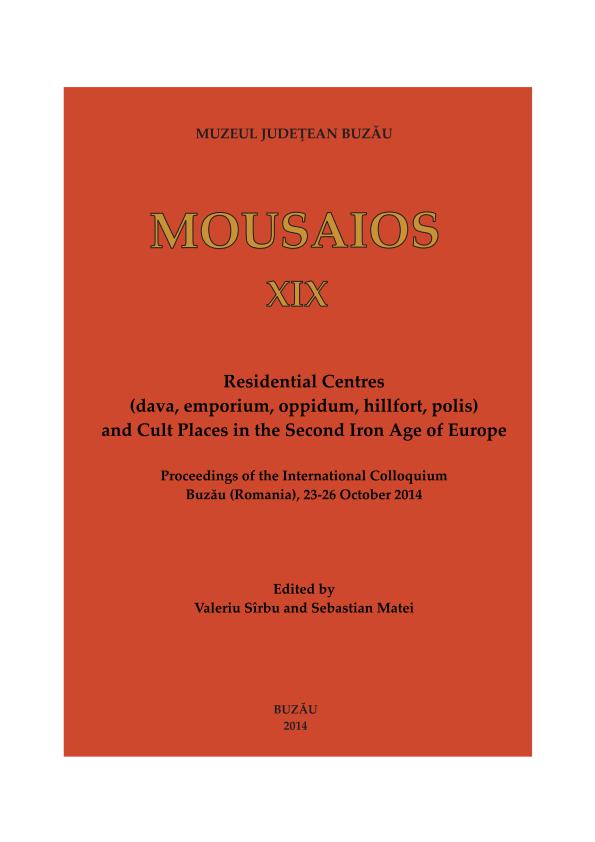THE DACIAN RITUAL PITS FROM UNIP – „DEALU CETĂȚUICA”
THE DACIAN RITUAL PITS FROM UNIP – „DEALU CETĂȚUICA”
Author(s): Alexandru Berzovan, Cristian Floca, Dorel Micle, Andrei Stavilă, Octavian-Cristian RogozeaSubject(s): Archaeology
Published by: Muzeul Judetean Buzău
Keywords: Late Iron Age; Dacian Kingdom Period; Dacian religion; Ritual pits; Banat region; Unip – Dealu Cetățuica
Summary/Abstract: During the centuries I-st BC to I-st AD, the lands of Ancient Dacia were characterized by numerous changes, marked not just by the rise of the Kingdom, but also by evolutions in regard to religious beliefs: monumental temples appear, the ceremonial center from Sarmizegetusa Regia is constructed, and the priestly class becomes highly important. But apart from these evolutions, otherwise limited in time and space, the Dacian lands know also other types of religious manifestations, with much older origins and a much larger spreading, that took place in other places than the temples and consecrated sites, representing acts of piety that are harder to decipher. A special place, in regard to the number of discoveries, is represented by the so-called ritual pits that are found across various settlements between ordinary homes and garbage pits, sometimes grouped in the form of ritual pit „fields”. In this presentation, we will discuss seven such ritual pits discovered at the settlement from Unip - „Dealu Cetățuica” (Sacoșu Turcesc commune, Timiș County), during the archaeological campaigns that took place between the years 2011-2013. Our analysis had shown that despite certain common elements that do exist, each individual ritual pit presents a „unique” story. Ritual destruction of artifacts has been observed. Certain pits, such as C 23, can be related to various rituals in relation to agriculture and fertility; others, such as C 84, can be related to more general magic practices made in order to assure wealth and prosperity. The dedications where made, very likely, to chthonic deities or forces. The offerings were given by smaller groups: families, clans. All ritual pits can be dated into the I-st century BC, a dating made solely on potter, as we lack for the moment other better dating elements. We cannot know if, during the I-st century BC, „Dealu Cetățuica” was used as a ritual site or if these pits are intertwined in a settlement. Although no Dacian habitation complex had been found so far, the presence of Dacian garbage pits near the ritual ones, gives more credit to the second hypothesis. We hope that further inquiries will bring new data about the life and beliefs of the Dacian communities from the Lower Timiș Basin.
Journal: Mousaios
- Issue Year: 2014
- Issue No: 19
- Page Range: 11-32
- Page Count: 21
- Language: English

